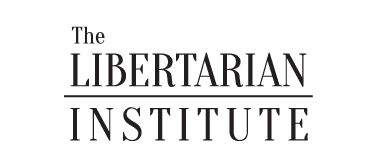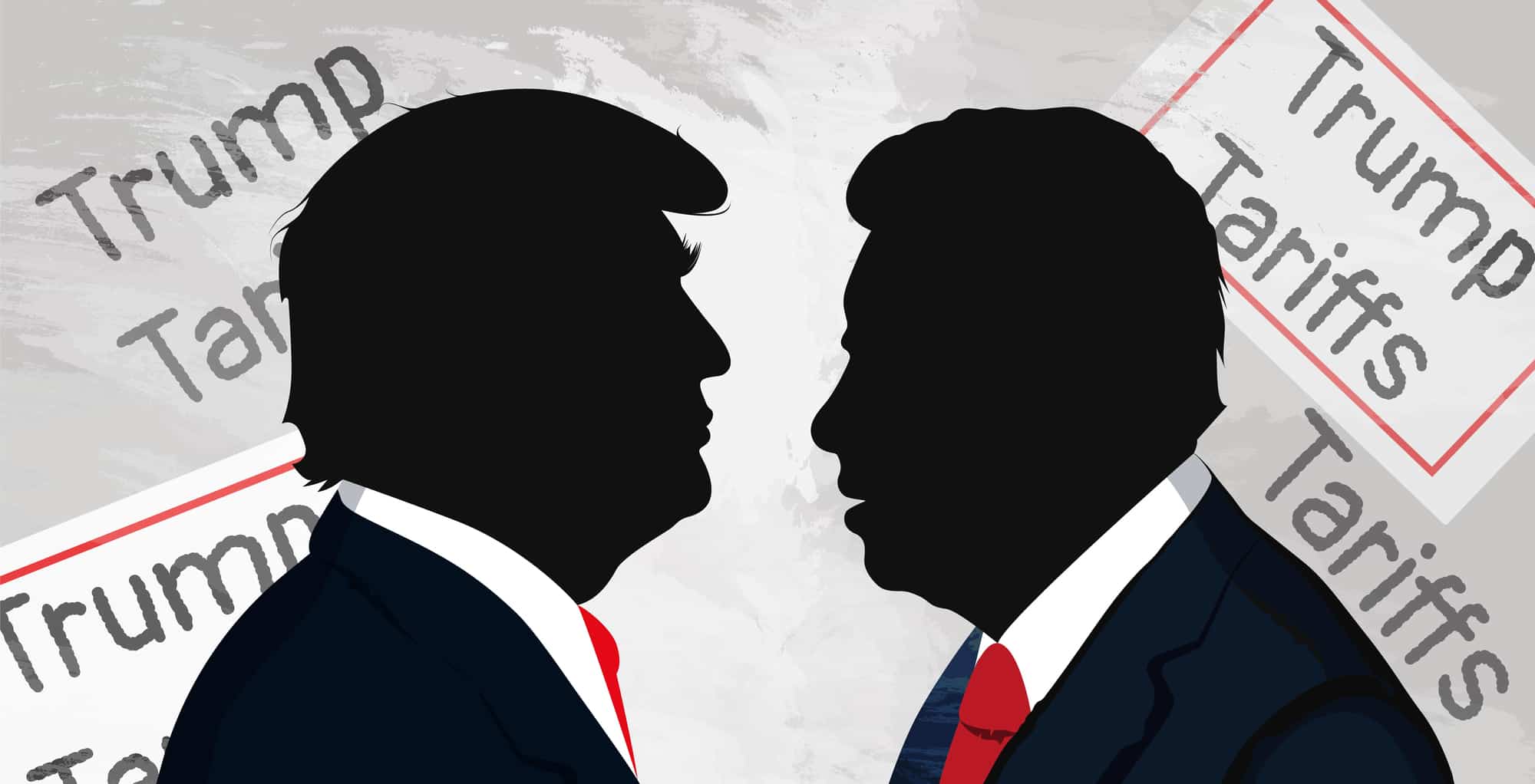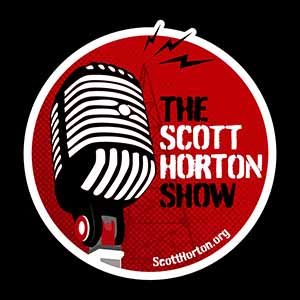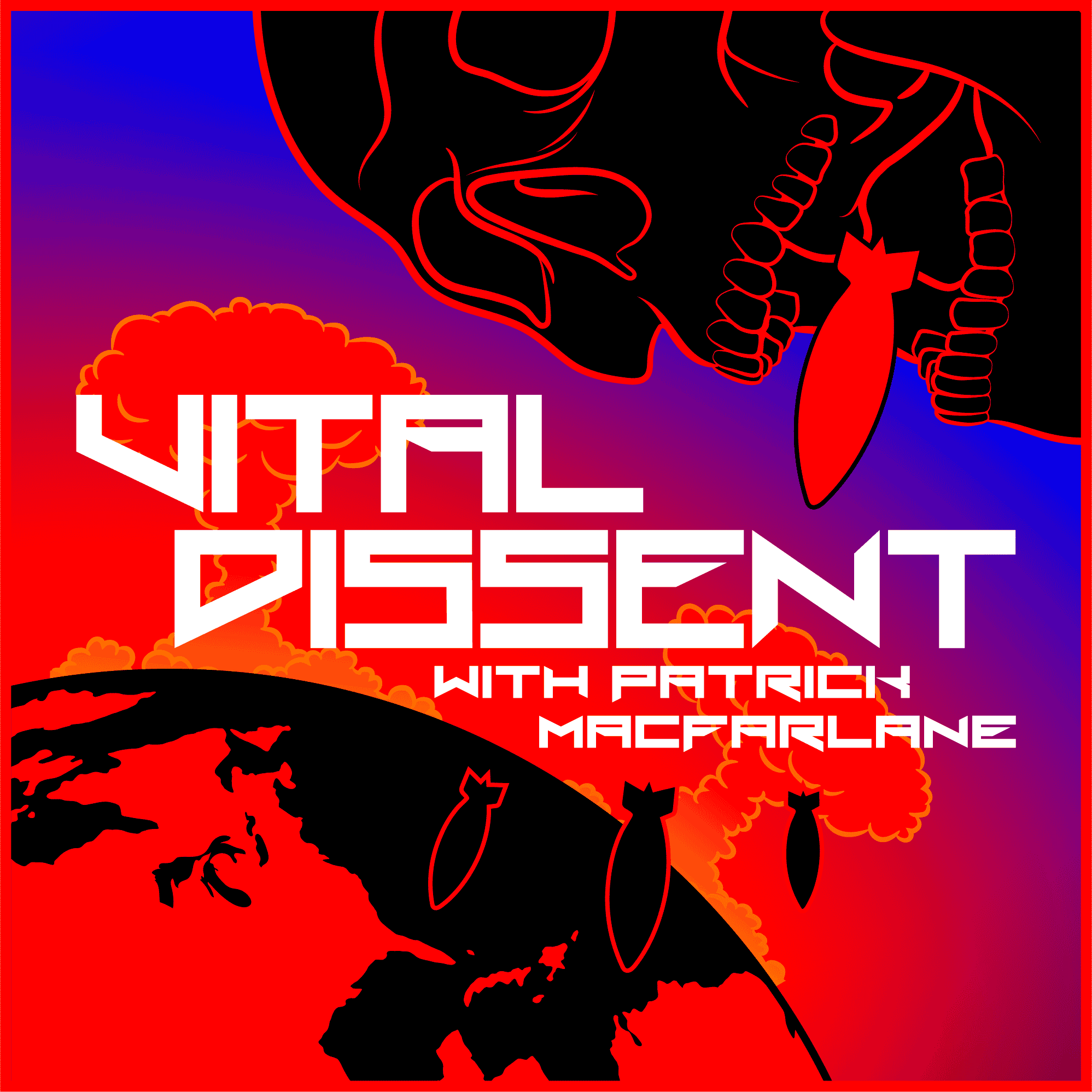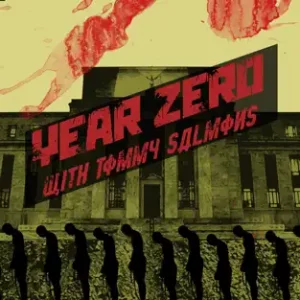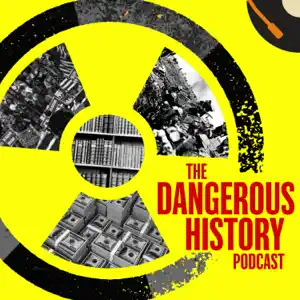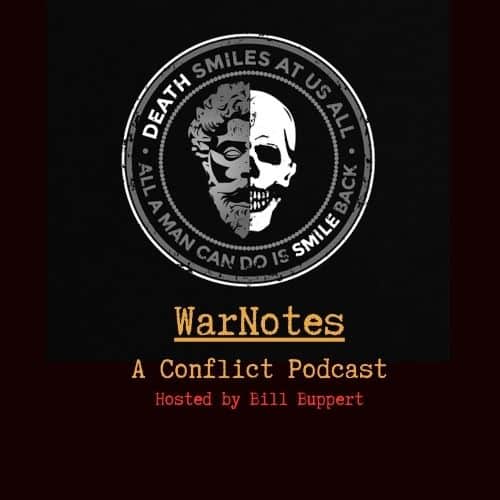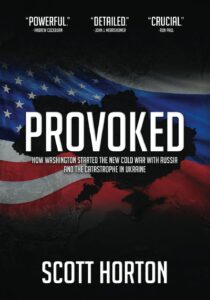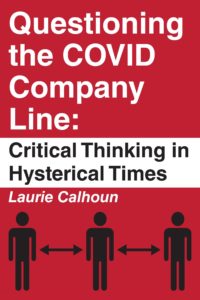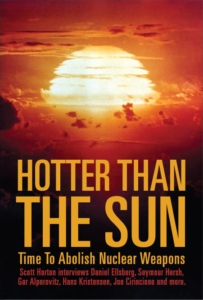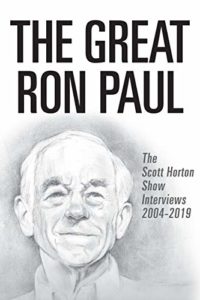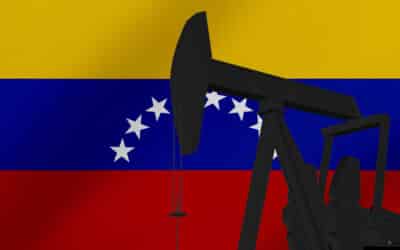As the leaves turn in Washington and the chill of autumn settles over global markets, the United States and China have once again danced to the familiar tune of trade negotiations. On October 26, 2025, following two days of closed-door talks in Kuala Lumpur, Malaysia, negotiators from both sides announced a “preliminary framework” for a new trade agreement. This comes just ahead of an anticipated meeting between President Donald Trump and Chinese President Xi Jinping today in South Korea, where the outline is expected to be reviewed—if not finalized—amid the pomp of an economic summit. U.S. Treasury Secretary Scott Bessent described the progress as a “very successful framework,” crediting Trump’s threats of 100% tariffs on Chinese imports (set to begin November 1) for providing the necessary leverage. China’s lead negotiator, Li Chenggang, echoed the sentiment with talk of a “preliminary consensus” that addresses “respective concerns,” though Beijing, true to form, has yet to publicly confirm the leaders’ sit-down.
This development is not without precedent. It evokes the Phase One trade deal of January 2020, that much-heralded truce in the escalating trade war Trump ignited in 2018. Back then, amid similar fanfare, the United States and China agreed to a pact that promised structural reforms on intellectual property theft, technology transfers, and agricultural barriers, alongside Beijing’s commitment to purchase an additional $200 billion in U.S. goods over two years—$77 billion of which targeted American farm products like soybeans. The deal paused further tariff escalations, with the U.S. suspending planned hikes on $160 billion in Chinese imports, and it was touted as a win for American workers battered by retaliatory measures that had slashed soybean exports to China from $12.5 billion in 2018 to a mere $3.5 billion by mid-2019.
Yet, as with many grand bargains in international relations, the Phase One agreement’s reality fell short of its rhetoric. By 2021, China had fulfilled only about 60% of its purchase commitments, according to analyses from the Peterson Institute for International Economics and the U.S. Agricultural Coalition for Trade. The COVID-19 pandemic played a role, disrupting supply chains and demand, but deeper issues persisted: Beijing’s industrial subsidies under the “Made in China 2025” initiative continued unabated, intellectual property protections remained uneven, and the U.S. trade deficit with China swelled to $355 billion in 2021 from $345 billion in 2018. U.S. exporters, particularly in agriculture, received some relief—soybean sales rebounded to $14 billion by 2022—but the deal’s structural promises largely evaporated.
A 2024 U.S. Trade Representative review under the Joe Biden administration extended most Section 301 tariffs (imposed in 2018 on $370 billion of Chinese goods) and even proposed new ones on electric vehicles and semiconductors, underscoring the pact’s limited longevity. By early 2025, as Trump returned to the White House, the Phase One era was remembered less as a triumph than as a temporary bandage on a festering wound, with unresolved tensions over subsidies, export controls, and market access fueling a fresh round of brinkmanship.
The current framework bears striking similarities to its predecessor, suggesting a pattern of de-escalatory pauses rather than transformative resolutions. At its core is a tariff truce. The United States will hold off on the threatened 100% duties—escalating existing rates from 25% to as high as 125% on select goods—in exchange for China suspending retaliatory non-tariff barriers, including tightened export restrictions on rare earth minerals. These elements, vital for U.S. tech and defense sectors (China controls over 90% of global refined rare earths), had become a flashpoint after Beijing’s May 2025 announcement of curbs in response to U.S. port fees on China-built ships. Bessent, in interviews on NBC’s “Meet the Press” and ABC’s “This Week,” highlighted a “path forward” for balanced access, noting that the deal averts disruptions to supply chains that could have rippled through electronics manufacturing and electric vehicle production.
Agricultural concessions form another pillar, with China pledging to resume “substantial” purchases of U.S. soybeans and other farm goods—potentially restoring half of the $24 billion in annual exports lost since May 2025, when Beijing zeroed out U.S. imports amid the latest spat. Soybean futures surged 8% on October 27, and Bessent predicted American farmers “will feel very good about what’s going on both for this season and the coming seasons.” This mirrors Phase One’s farm-focused commitments, which provided a lifeline to Midwest producers reeling from prior tariffs. Yet, the echoes raise questions: Will these purchases materialize beyond the initial surge, or will they falter as global demand shifts and domestic Chinese priorities intervene?
Beyond tariffs and trade flows, the framework touches on ancillary issues with varying degrees of specificity. Cooperation on fentanyl precursors—China’s role in curbing the flow of chemicals fueling America’s opioid crisis, which claimed over 100,000 lives in 2024—marks a public health angle absent from Phase One but aligned with Trump’s “America First” rhetoric. Li Chenggang noted progress on “combating illegal drugs,” including tariff exemptions tied to enforcement. Export controls and shipping fees also feature, with both sides agreeing to ease punitive measures that had inflated costs for trans-Pacific trade.
Perhaps most intriguing is the reported “final deal” on TikTok. Under U.S. law mandating divestiture of its American operations to domestic owners, the app’s fate could be sealed at the Trump-Xi meeting, with Bessent claiming “all details are ironed out.” This would resolve a lingering national security concern from the 2020 era, when ByteDance’s ownership first drew scrutiny.
Markets, ever the barometer of sentiment, responded with measured optimism. U.S. stocks closed at new highs on October 27, the Dow up 1.2% and the S&P 500 gaining 1.5%, driven by relief in tech and agriculture sectors. Soybean prices jumped, while rare earth mining shares dipped as supply fears eased—MP Materials fell 4% on expectations of resumed Chinese exports. Asian indices rallied overnight, with the Hang Seng up 2.3%, and European futures pointed higher. Analysts at Bloomberg termed it a “truce with déjà vu,” buying time but leaving core frictions—subsidies, tech rivalry, and the $400 billion-plus bilateral deficit—unaddressed. Reuters noted the framework’s scope is narrower than Phase One’s, focusing on immediate de-escalation rather than sweeping reforms, a pragmatic pivot amid Trump’s broader Asia tour, which included economic pacts with Cambodia, Thailand, and Malaysia on critical minerals.
This brings us to a peculiar sidebar in the Trump administration’s foreign economic playbook: the simultaneous $40 billion bailout package for Argentina, finalized amid the Kuala Lumpur talks. Propped up by a $20 billion U.S. Treasury currency swap—allowing Buenos Aires to exchange pesos for dollars—and another $20 billion in private-sector loans from banks and sovereign funds, the aid aimed to stabilize President Javier Milei’s embattled economy ahead of his October 26 midterms (his party won decisively). Milei, a vocal Trump ally whose libertarian shock therapy has slashed inflation from 300% but cratered GDP growth, hailed the support as a “lifeline for good financial philosophy.” Treasury’s Bessent, who directly purchased Argentine pesos in global markets to ease pressure, framed it as a bulwark against Chinese influence in Latin America.
Yet, the optics are confounding, especially for U.S. farmers. Argentina, a top soybean exporter, has surged into China’s market vacuum left by the trade war—exporting record volumes since May 2025, directly undercutting American producers who lost $12 billion in sales. Critics, including a bipartisan group of fifty-four House Democrats led by Reps. Linda Sánchez (D-CA) and Terri Sewell (D-AL), decried the bailout as an “inappropriate use of taxpayer funds” to bolster a foreign election, potentially enriching hedge funds tied to Bessent’s circle while ignoring domestic pleas for farm relief. Trump himself conditioned further aid on Milei’s midterm success, telling reporters on October 14 that without a win, “we won’t help.” After the election, which Trump described as a “big win,” the president added “He had a lot of help from us.” This juxtaposition—pouring billions into a competitor’s ag sector while negotiating soybean buys from China—highlights the ad hoc nature of Trump’s deal-making. It recalls Phase One’s uneven implementation, where U.S. bailouts for farmers ($28 billion in 2018-2019) masked deeper structural woes rather than resolving them.
In sum, the October 2025 framework is a tactical retreat, much like Phase One: a suspension of hostilities that stabilizes headlines and balance sheets in the short term. It averts a tariff cliff that could have shaved 0.5% off global GDP, per IMF estimates, and offers tangible wins for fentanyl fighters and soybean silos. But without enforceable mechanisms for IP enforcement or subsidy curbs—issues deferred to some hypothetical Phase Two—it risks repeating history’s half-measures. Markets may cheer the pause, but the underlying imbalances persist, as does the specter of renewed escalation. As Trump and Xi convene in South Korea, the world watches not for fireworks, but for whether this outline hardens into something enduring—or dissolves into the ether of unkept promises. For now, a wait-and-see posture seems prudent; after all, in the annals of U.S.-China trade, optimism has often been the prelude to disappointment.
